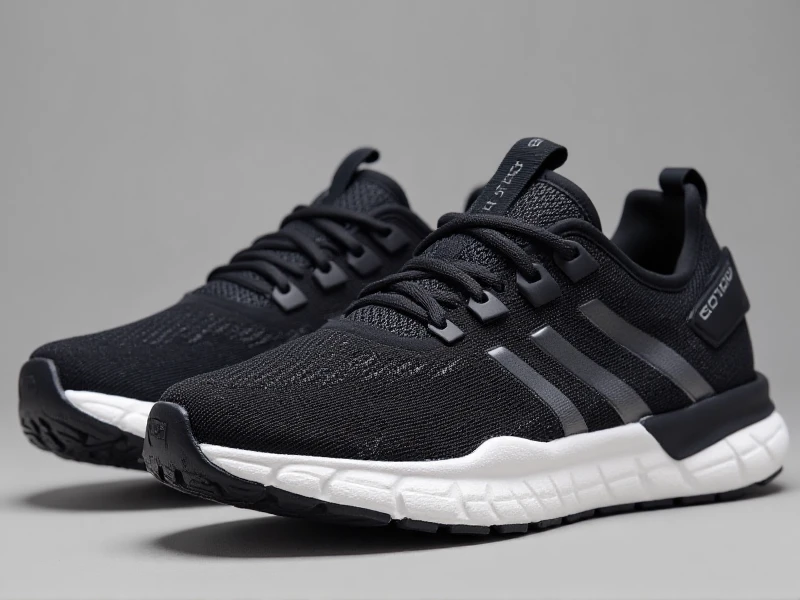
Discover the Best Men's Running Shoes: Your Guide to Comfort and Performance
2025-06-05
Running is more than just exercise—it's a passion, a stress-buster, and a key to a healthier lifestyle. If you're a man looking to step up your fitness game, the right running shoes can make all the difference. They provide support, cushioning, and durability to keep you injury-free and enjoying your miles. In this guide, I'll walk you through everything you need to know about men's running shoes, from choosing the perfect pair to understanding the latest innovations. Whether you're a beginner or a seasoned marathoner, this advice is based on years of experience helping runners find joy on the trails and tracks.
First off, let's talk about why specialized men's running shoes matter. Men's feet generally differ from women's in shape, size, and biomechanics. They tend to be broader and longer, which means shoes designed specifically for men offer a better fit, reducing blisters and discomfort. When I was training for my first half-marathon, I learned this the hard way—cheap sneakers left me with aching arches and lost motivation. Investing in quality men's running shoes transformed my experience, making every run feel effortless. Today's market is flooded with options, but focusing on key categories helps narrow it down.
The primary types of men's running shoes are neutral, stability, and motion control. Neutral shoes are ideal if you have an efficient stride—they provide light cushioning and flexibility without interfering with your natural movement. For everyday runners, models like the Nike Pegasus or Brooks Ghost come highly recommended for their balanced feel. If you struggle with overpronation (where your foot rolls inward too much), stability shoes are your best bet. They use supportive technologies to correct alignment, preventing long-term strain on your knees and ankles. Brands such as Asics Gel-Kayano excel here, using gels and foams for a smooth ride. Motion control shoes, on the other hand, are for severe overpronators—think of them as the heavy-duty armor that offers maximum support and durability.
When selecting your next pair of men's running shoes, don't just follow trends—assess your personal needs. Start with your foot type. Do you have flat feet, high arches, or neutral ones? I tell my clients to do a quick "wet test": wet your foot, step on a piece of brown paper, and examine the impression. Flat feet might call for stability shoes, while high arches pair better with neutral cushioned models. Next, consider your running style and terrain. If you're pounding city sidewalks daily, prioritize cushioning technology like Adidas Boost or Hoka One One's marshmallow-soft midsoles to absorb impact. For trail enthusiasts, opt for shoes with aggressive grips and water-resistant features—Salomon speed-cross models are unbeatable here. And if speed is your focus for racing, lightweight, performance-oriented options with energy-return tech, such as New Balance FuelCell or the fan-favorite Saucony Endorphin series, can shave seconds off your personal best.
The evolution of shoe tech has been a game-changer. Modern men's running shoes incorporate innovations like responsive foam midsoles that bounce back with each stride, carbon fiber plates for propulsion (inspired by elites like Eliud Kipchoge), and breathable mesh uppers for all-day comfort. I've been amazed at how durable materials have become—many pairs now last 400 to 500 miles, saving you money in the long run. When shopping, aim to rotate between two pairs to extend lifespan and prevent wear patterns. Also, remember that sizing can vary by brand—always try shoes on in the afternoon when feet are swelled, and leave a thumb's width of space at the toe for natural expansion.
Beyond technical specs, real-world tips matter. Break your men's running shoes in gradually; start with short walks before embarking on long runs. Replace them when they feel flat or show visible wear, usually every 300–500 miles. And always pair them with good socks—I swear by moisture-wicking options to avoid blisters. For those new to running, a gait analysis at a local running store can provide personalized insights—it's a free service that saved my ankles early on.
In conclusion, finding the right men's running shoes is about marrying comfort, performance, and your unique needs. Don't rush the decision—take time to test different pairs, consult reviews from fellow runners, and listen to your body. Ultimately, the perfect shoes will empower you to chase your goals with fewer aches and endless enthusiasm. So why not treat your feet today? Hit the road with the confidence that great footwear brings, and watch how it transforms your running journey. Ready to take the next step? Explore top-rated models to kickstart your adventure.
CATEGORYS: